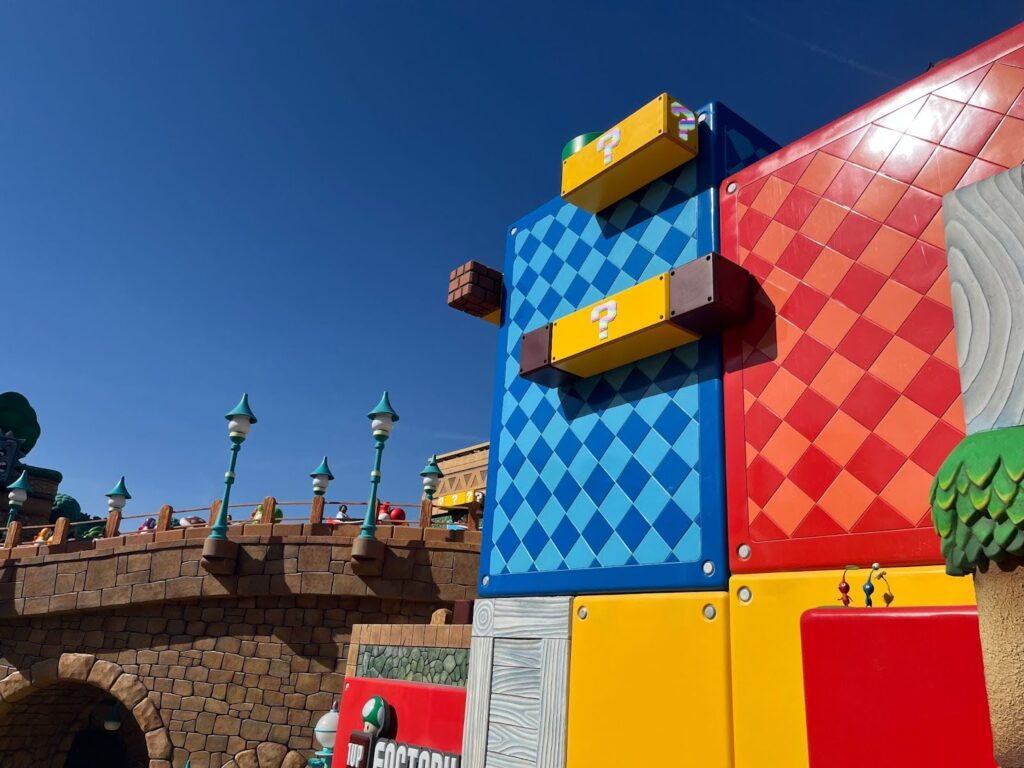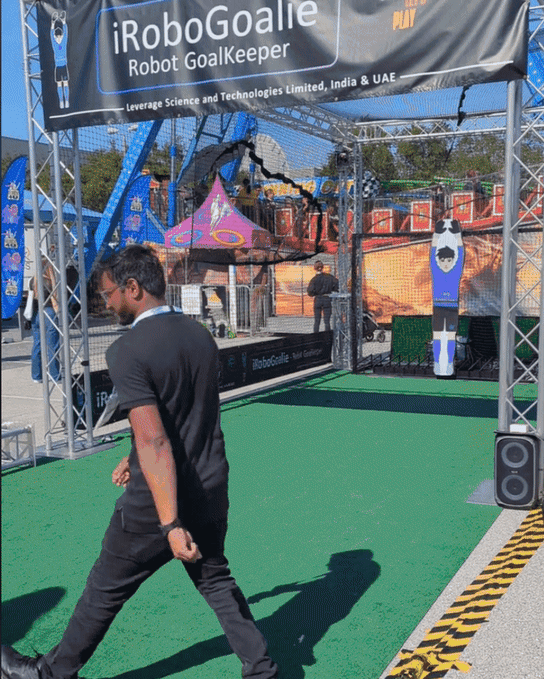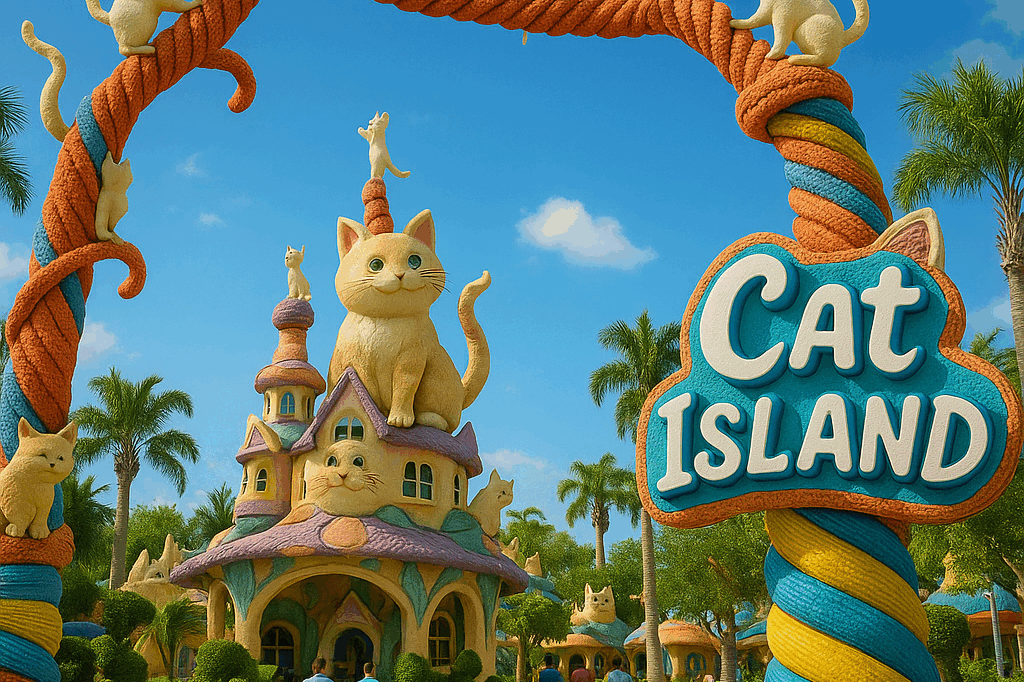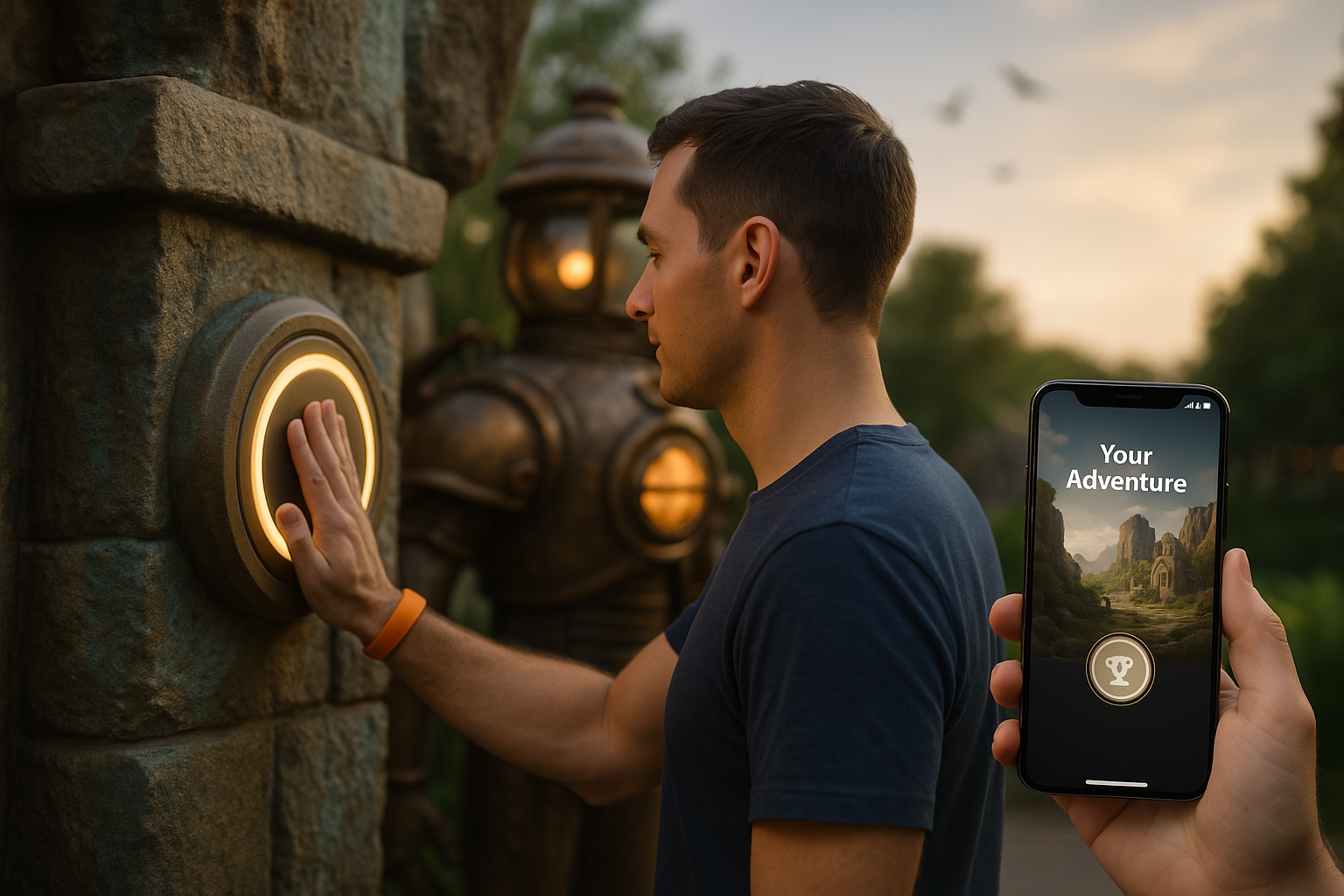IAAPA 2025: The Future Is Small
What our whole team learned this week about the next era of immersive experiences.
Every year, IAAPA gives us a glimpse of where location-based entertainment is headed. The expo floor is full of towering rides, dazzling prototypes, and sprawling installations that make you look up in awe. But as our team spread out across panels, demos, and late-night park visits this week, one theme kept echoing from every direction:
The future of immersive entertainment is not just built on big spectacles.
It is built on the small details that make us feel seen.
This idea popped up so consistently that it almost felt like IAAPA was quietly making the point for us.
1. The Power of Small Details
We all know the big-ticket attractions, the E-tickets, are what get guests in the door. But what keeps them coming back are the tiny, lovingly crafted moments that whisper: This was made for you.
Jenny shared a perfect example. She has spent plenty of time in Super Nintendo World at Epic Universe, but this week she spotted something for the first time: a cluster of tiny Pikmin tucked into the landscape. They are not loud. They are not animated. They are not trying to grab attention.
They are simply there, waiting for someone curious enough to find them.

Jenny’s Pikmin discovery in Super Nintendo World
The same thing happened in the Ministry of Magic. There is a display advertising Cleansweep brooms, the cutting-edge models of 1927, even though longtime fans know they are famously outdated and mediocre. It is a wonderfully nerdy joke, like bragging about a 1990 computer that holds 300 MB. You either get it, or you do not.
And that is precisely the point:
Small details make fans feel like the designers love the franchise as much as they do.
This came up again in Olivia’s notes from the session on atmospheric design. That session emphasized how unexpected moments of delight build lifetime loyalty. Guests come for the attractions; they return for the winks, whispers, and in-world Easter eggs.
2. Inclusive Design Helps Everyone
On Tuesday, our team attended Designing for Every Mind, a session led by our own Jenny Lim, with thoughtful insights from Julie Estrada of Merlin Entertainments, Edward Diestelkamp of PGAV Destinations, Genein Letford of NeuroSomatic CreativityⓇ, and Meredith Tekin from the International Board of Credentialing and Continuing Education Standards (IBCCES).
Julie discussed the sensory guides used at LEGOLAND to help neurodivergent guests decide which attractions will feel comfortable for them. These tools are not special accommodations. They are simply good design.
Jenny shared something personal in response: theme parks trigger her migraines, making the experience physically difficult. But the same sensory ratings built to help neurodiverse guests would make the park better for her too.
It ties directly back to the cartoon:

When you clear the ramp, everyone can use it.
Inclusive design is universal design.
And at IAAPA this year, that ethos was not a side conversation.
It was front and center.
3. Screens Are Not Enough
Across the show floor, Olivia and Greg reported a considerable shift: immersive tech is finally moving beyond screens and sensors into something more physical, more tactile, and more alive.
Greg was captivated by a robot from Advanced Animation LLC using ChatGPT to hold natural, fluid conversations. Not because it reinvented robotics or AI, but because it freshly combined two mature technologies. As he put it:
Innovation often is not about inventing something new.
It is about combining existing things in a smart, intentional way.

ChatGPT Robot (full video here)
He also saw a clever but straightforward outdoor installation, a camera-based soccer goalie that reacts to the ball. Basic today, but easily scalable. Imagine playing against a robot that adjusts to your personal skill level.

Similarly, Olivia saw digitized mini-golf with live player tracking, and tennis walls that analyze your form in real time. Not screen-based. Not passive.
Physical play with digital depth.
This is where experiential tech is headed. Story, space, touch, and data, all blended into one living environment.
4. An Epic Finale
IAAPA ended at Epic Universe, the massive new theme park we were honored to help bring to life. During a panel with the Universal creative team, Bob Rogers asked anyone who contributed to Epic Universe to stand.
The room rose.
It was humbling, a living reminder that world-class themed environments are not built by a single visionary. They are built by hundreds of disciplines, making thousands of decisions, large and small.
Epic Universe embodies everything we saw at IAAPA this year.
• micro-details that reward curiosity
• inclusive design that removes barriers
• digital and physical systems working as one
• collaboration at an unimaginable scale
Where the Industry Is Heading
Our team leaves IAAPA 2025 with three clear takeaways:
- Immersive experiences are getting deeper, not louder.
- Inclusion is becoming a design principle, not a special feature.
- Small details (the quiet, clever, human ones) matter more than ever.
The future of location-based entertainment is not about spectacle for its own sake.
It is about creating worlds where guests feel connected to the story, the place, and each other.
At Gigantic Playground, we are excited to help build that future, one small, meaningful detail at a time. If you’re building immersive, interactive, or data-driven guest experiences, we’d love to talk.
What This Means for the Industry and for Our Work
Across every hall, session, and park we visited this week, a clear set of trends emerged. These trends point directly to the types of immersive and interactive technology experiences that will define the next decade, and they reflect the work we are already doing and the work we are excited to help shape.
Key Industry Trends
- Immersion is becoming multisensory and multidimensional, blending story, physical space, and real-time digital responsiveness.
- Interactive technology is moving beyond screens into tactile play, motion tracking, robotics, and AI-enhanced behaviors.
- Guests are expecting personalization at every step, driven by data, context, and environmental awareness.
- Inclusion is becoming foundational, guiding the design of sensory-friendly, cognitively accessible, and emotionally considerate environments.
- Operators are looking for tools that bring together data, guest behavior, and system telemetry to improve throughput, satisfaction, and operational clarity.
- Experiences are evolving from static to programmable, allowing dynamic storytelling, adaptive difficulty, and custom responses to guest input.
How This Aligns With the Work We Do at Gigantic Playground
- We build platforms that merge physical and digital play, turning environments into living systems that respond to guests.
- We design immersive systems, not just attractions, with a focus on continuity, personalization, and integrated storytelling.
- We specialize in data, interactivity, sensors, integrations, and operational tools that help operators understand and shape the guest journey.
- We deliver the tech backbone for large-scale projects, supporting the layers of detail, interactivity, and operational intelligence that make these worlds feel alive.
These trends are not abstract predictions. They are the present reality on the IAAPA floor, and inside the parks we help build. And they point to an industry that is ready for deeper stories, more intelligent systems, and more meaningful guest connections.




